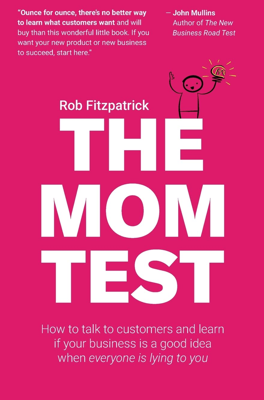Avoiding Bad Data
The chapter stresses the importance of recognizing and avoiding "bad data" which often leads entrepreneurs to false conclusions about their business ideas. Three primary sources of bad data are identified: compliments, generic statements and hypotheticals (fluff), and untested ideas.
Compliments are deceptive as most are polite responses rather than genuine interest or value judgments. To counter compliments effectively, one should shift focus away from their solution and instead probe into the existing methods and challenges faced by the potential customer. This shift can unearth usable facts and commitments rather than empty praise.
Fluff, which includes generics, hypotheticals, and future-oriented statements, lacks substantial evidence and is inherently unreliable. Entrepreneurs are advised to anchor such statements to specific past behaviors or concrete examples, which provide more truthful and useful feedback. Questions like "When did this last happen?" or "Can you walk me through how you currently handle this?" help in anchoring the fluff.
Ideas, another form of bad data, often surface during enthusiastic discussions. However, entrepreneurs should be cautious not to immediately act on these but instead delve deeper into understanding the underlying needs or problems these ideas are addressing. This approach involves exploring why the suggestion was made and whether it aligns with genuine user needs or pain points.
The chapter also discusses several pitfalls to avoid during customer interactions:
Seeking Approval: This occurs either by directly fishing for compliments or unintentionally leading conversations that make people want to protect your feelings. Both can be countered by focusing the discussion on the customer’s needs and experiences rather than seeking validation for the idea.
Cutting Off Pitches: Overzealous pitching can prevent genuine customer insight. If you find yourself dominating the conversation, it's better to apologize and steer the conversation back to the customer’s views and issues.
Talking Less: To truly understand customer needs, it's crucial to listen more and talk less. This allows the customer to provide more detailed insights and prevents misinterpretations or premature conclusions about their needs.
By emphasizing the acquisition of concrete, specific data from customers through careful questioning and listening, entrepreneurs can better navigate the initial phases of validating and developing their business ideas.
